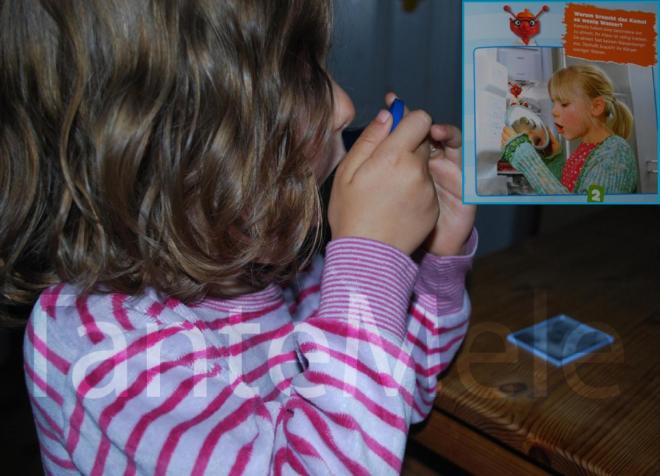This week is Kids Clothes Week (KCW), a week to spend a bit of time each day for sewing for kids. I have been doing a bit of sewing anyway in the last time, but to match also the challenge set by Telaria I chose to sew a retro-style dress for Sara. It is the Debbie’s birthday dress.
I like the way she looks with it, and it is an easy and quick sew.
Here is a picture of the back, which has a button closure.
The Pattern review:
Pattern Description: Debbie’s birthday dress (View 1): An A-line dress in the spirit of the 50-60´s. The front has a parted bodice.
Pattern Sizing: Size 5T for a nearly five-year old.
Did it look like the original photo/drawing once sewed?: It does.
Were the instructions easy to follow?: Yes, they are very clear.
What did you particularly like or dislike about the pattern?: I like its flair and elegance, but I did not like the way is finished in the inside. The construction makes it also difficult to use french seams, so I finished the seams with a zigzag stitch, which is not so neat.

Did you learn anything new from this sewing project?: Not really, but the construction is interesting.
Fabric Used: a wool fabric of Lancetti bought this summer in Italy. The lining is “Monkey Swing” from Birch Fabrics.
Pattern alterations or any design changes you made: None.
Would you sew it again? Would you recommend it to others?: I might sew it again in a couple of years.









